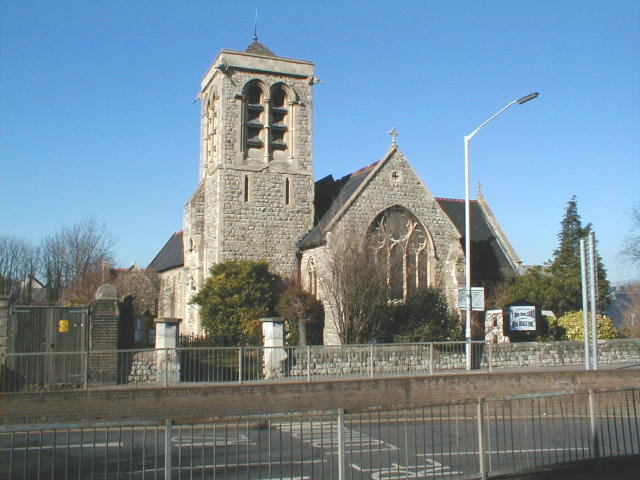

History (what there is of it!) of our parish.
The history of the church begins shortly after the middle of the 19th century. Until then, Sittingbourne was quite a small country town, chiefly owing its importance to the fact that it was on the main road from London to Dover, and so to France and the rest of Europe, and was thus a stopping place for travellers. The parish church of the town (St.Michael's) is at the north side of this main road. The principal industry in the neighbourhood was fruit growing, but with the establishment and development of the manufacture of bricks and paper, the town began to expand very quickly. Many new streets were laid out and houses built to accommodate the increasing population. It then became obvious to a very few zealous and devout Church people living in the west end of the town, that a church was urgently needed.
Steps were taken at once to do something about it. The Diocesan (Canterbury) and other authorities concerned were consulted, with the result that in the year 1867, the building of the church commenced, to the design of Mr.R.C.Hussey. He was at one time a partner of Rickman, celebrated in the early revival of Gothic architecture in the 19th century. Hussey intended a different arrangement eastward of the third bay of the present nave, where his design stops. The west end of the church was built first, the materials used being Kentish rag and Bath stone, with a slated roof.
In 1873 the church was completed under the direction of Mr.Joseph Clads, and consecrated on December 17th, 1873.
The final work included adding an irregular bay to the nave, a tower, chancel and a North Chapel.
The east window and tiled floor to the Sanctuary were added in the period 1893-1903.
Return to Home Page
Last updated on 10th August, 2000 by Trevor Chapman